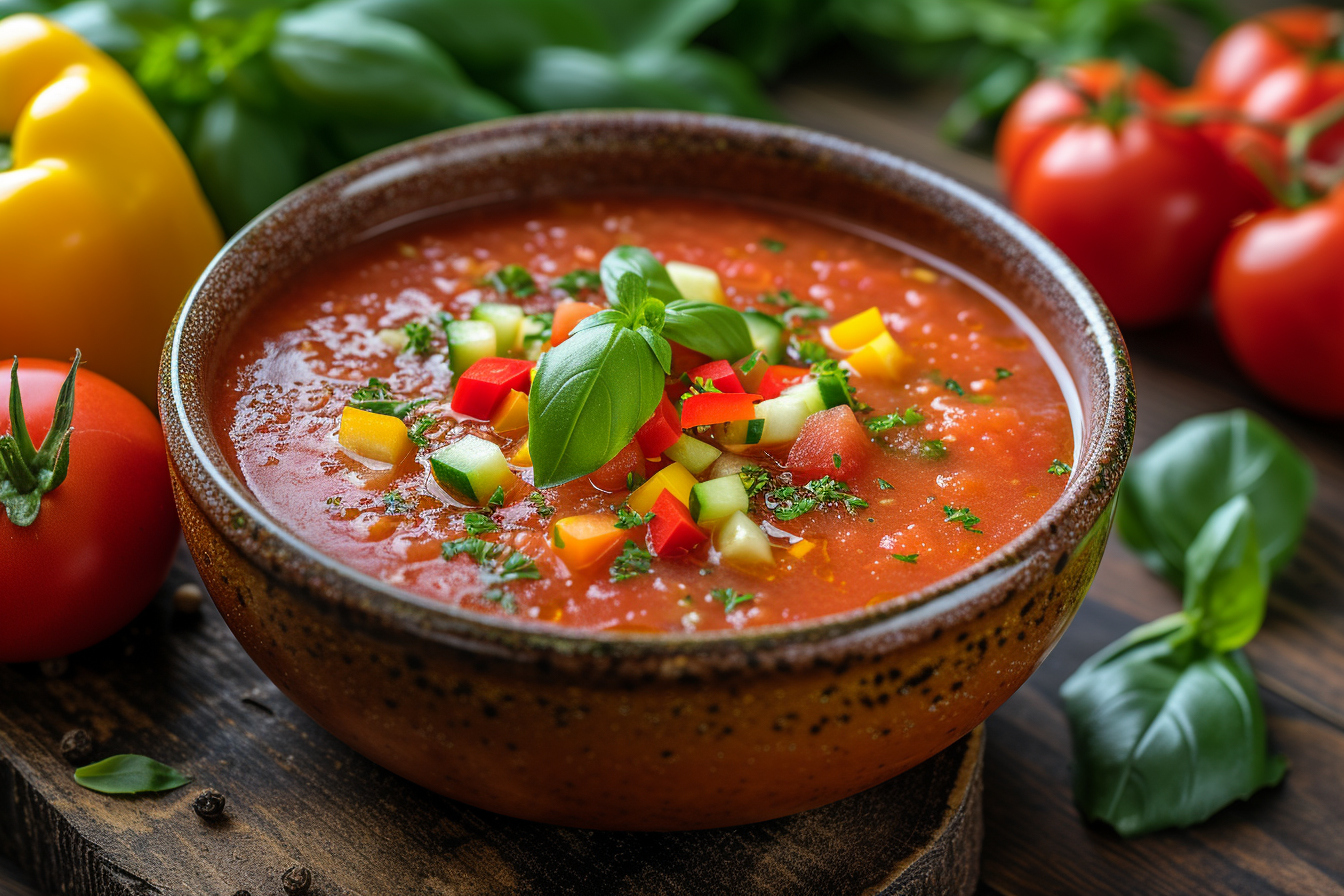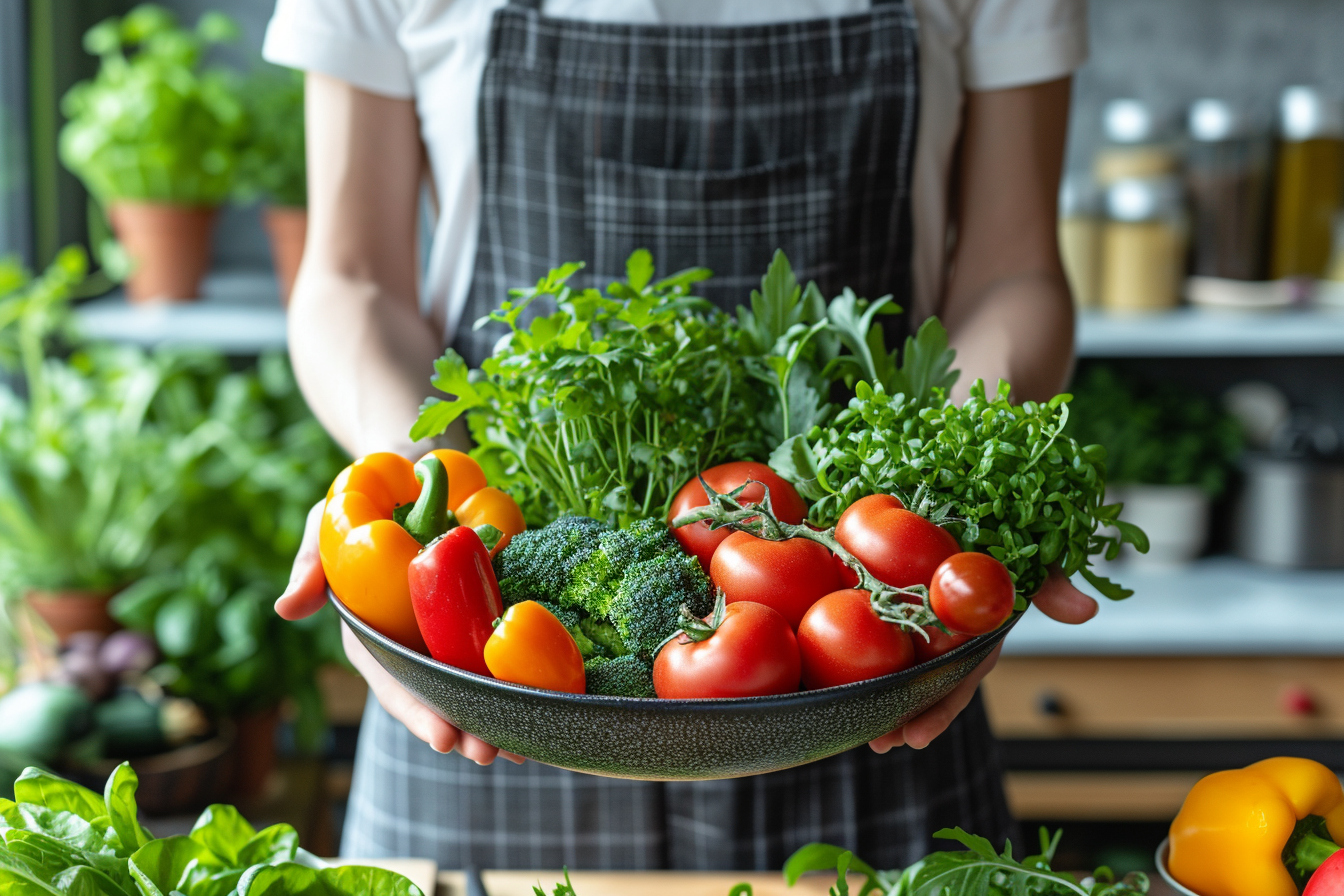Raw cuisine, often characterized by its vitality, freshness, and natural flavors, invites food enthusiasts to engage in a gastronomic experience that often goes far beyond traditional cooking. This culinary practice emphasizes the use of uncooked, unprocessed, and often organic ingredients. The idea is to preserve the natural nutrients and enzymes that can be destroyed through conventional cooking methods. Whether for health reasons, ethical considerations, or simply a love for crisp, vibrant flavors, exploring no-cook techniques can be an exciting journey.
The essentials of a raw kitchen
Before diving into specific techniques, it’s pivotal to equip the kitchen with pertinent tools for raw food preparation. A food processor and a high-speed blender are indispensable appliances for creating a variety of textures and blending ingredients to smooth perfection. Dehydrators can be used to mimic the texture of cooked foods while preserving their raw state. Additionally, a good set of knives, mandolines, and other cutting tools are fundamental for precise slicing and dicing. Finally, having a collection of spiralizers and nut milk bags allows for creative expression in raw cooking.
Soaking and sprouting: unlocking nutritional potential
Among the most initial steps in raw food preparation are soaking and sprouting. Soaking nuts, seeds, and legumes can enhance their digestibility, reduce anti-nutrients, and unlock their full nutritional profile. After soaking, some of these ingredients can be sprouted, which can further enhance their nutritional benefits by increasing the levels of certain vitamins and enzymes. This process is simple and requires only water and time, though a sprouting jar or a simple sieve can facilitate drainage and air circulation, encouraging optimal germination.
Creative cold soups: a blend of flavor and simplicity

Venture beyond traditional gazpacho by exploring the endless possibilities of cold soups in the raw food realm. Blending ripe tomatoes for a classic base, incorporating fruits like watermelon or mango for a tropical twist, or even creating green gazpachos with herbs and cucumbers are all options within reach. A high-speed blender will be your partner in crime for achieving a smooth and creamy consistency, letting the flavors merrily mingle to produce refreshing and nourishing soups without a hint of heat.
Marinades and ceviche: cooking without heat
An intriguing technique often employed in raw food preparation is the use of acidic marinades. Citrus juices or vinegars can "cook" ingredients such as thinly sliced vegetables or fish by breaking down their proteins. This process is the backbone of dishes such as ceviche, where fresh seafood is cured in lime juice and combined with flavorsome ingredients like chilies, coriander, and onions, resulting in an incredibly fresh and zesty dish.
Pates, spreads, and dips: richness without roasting
Your food processor is the hero when it comes to creating rich, flavorful spreads and pates. Nuts and seeds, when soaked, can be processed to a creamy consistency that rivals any dairy-based spread. Mixing in fresh herbs, spices, and condiments can create delightful nut cheeses, zesty pestos, or hearty bean-free hummuses. Not only do these spreads make excellent accompaniments to crudites and flaxseed crackers, but they also serve as a luscious filling for raw wraps and collard greens burritos.
Dehydrating: the illusion of cooking
Raw foodists often turn to dehydration for creating textures and warmth that resemble cooking without actually heating foods to high temperatures. A dehydrator gently circulates warm air around the food, removing moisture while keeping temperatures below 118°F (48°C), the threshold at which the beneficial enzymes in food are believed to start degrading. It’s crucial for recipes like raw breads, crackers, and fruit leathers and can even lend a crunchy exterior to veggie burgers and marinated vegetable slices.
The art of raw desserts
Indulgence isn’t lost in the world of raw food thanks to the variety of desserts and sweet treats one can craft. Blenders and food processors conjure up sublime pies, tarts, and cheesecakes with bases made from a medley of dates and nuts and fillings composed from blended fruits, avocados, or soaked cashews. The sweet, unrefined flavors harnessed in raw desserts are a testament to the foundational essence of natural ingredients.
Wrapping and rolling: handcrafted perfection
Raw cuisine serves as the foundation for some incredibly creative hand-held dishes. Techniques that involve wrapping and rolling allow for a fun, interactive means of meal assembly. Fruit leathers can be crafted into raw sushi rolls, while collard leaves or nori sheets become containers for a rainbow of fresh vegetables, sprouted grains, and savory pates. Such techniques are more than a method of no-cook preparation; they are a celebration of the vivid textures and colors of the plant kingdom.
Beverages: enliven and refresh
The joy of raw cuisine extends to the beverage category, with a vast spectrum of juices, smoothies, nut milks, and infused waters adding vibrancy to the no-cook repertoire. Using a juicer, one can harness the essence of fresh fruits and vegetables, while creative mixtures in blenders result in rich smoothies packed with superfoods like berries, leafy greens, and plant-based proteins. Homemade nut milks add a creamy touch to morning cereals or coffee and can be made with nothing more than nuts, water, and a nut milk bag.
Fermentation: the flavorful frontier
At the intersection of raw and transformed foods lies the ancient practice of fermentation. Fermentation is the alchemist’s dream in the culinary world, transforming simple cabbage into tangy sauerkraut and milk into probiotic-rich kefir. It’s a process that doesn’t require cooking but rather the cultivation of beneficial bacteria, which does the work of breaking down food compounds, enhancing their flavor profiles, and increasing their digestive and nutritional properties.
Strategic seasoning and flavor enhancement
Mastering raw cuisine also lies in the subtlety of seasoning. Since heat often amplifies flavors, seasoning in raw dishes must be carefully considered. Salts, herbs, and spices are crucial for highlighting the natural taste of ingredients, and techniques like massaging kale with salt or lemon juice can transform the leaves’ texture and flavor. Presenting a wide array of fresh, high-quality herbs and spices in your pantry will allow each dish to sing with its unique flavor chorus.
Smart storage for peak freshness
Proper storage of prepared raw dishes and their ingredients is another key element of successful no-cook cooking. Employing glass containers and mason jars can keep salads, spreads, and pre-cut veggies fresh and ready for use. Since preservation without heat is crucial, paying close attention to the shelf-life and best storage practices for each ingredient ensures the raw creations remain as lively and nutrient-dense as possible.
By exploring the various methods and techniques of no-cook raw cuisine, one embarks on a flavorful journey that transcends the boundaries of conventional cooking. Through soaking, blending, dehydrating, fermenting, and more, raw cuisine showcases the beauty of ingredients in their most natural and nutritious form. Whether one is fully committed to a raw diet or simply looking to incorporate more fresh, enzyme-rich foods into their lifestyle, the techniques described above serve as stepping stones to a vibrant, healthful way of eating.

Leave a Reply